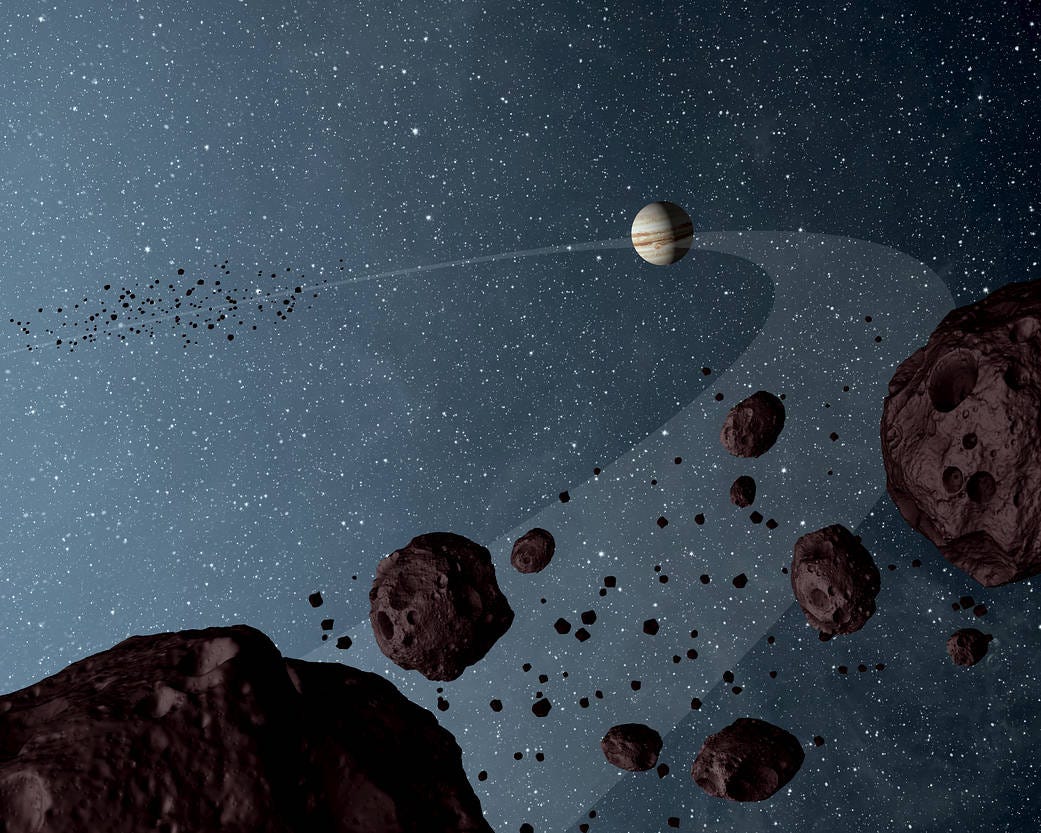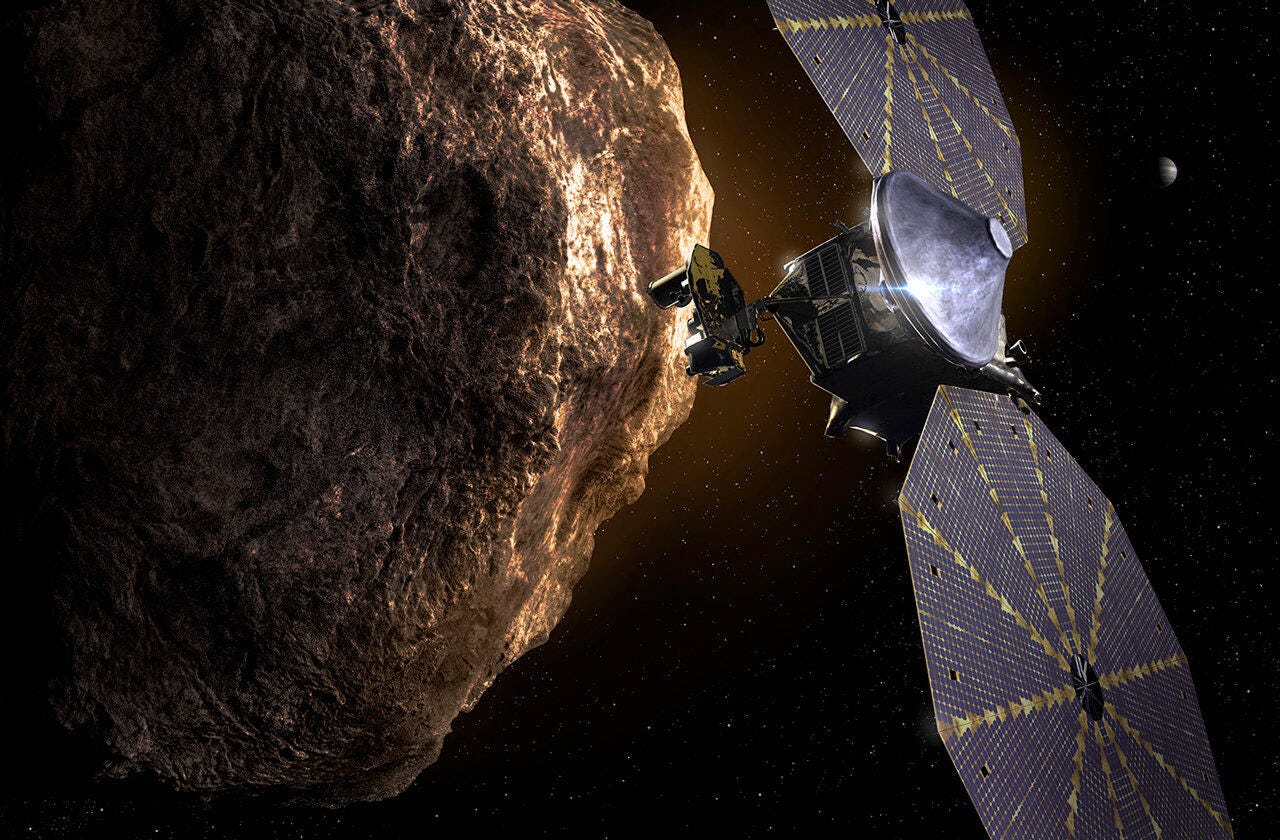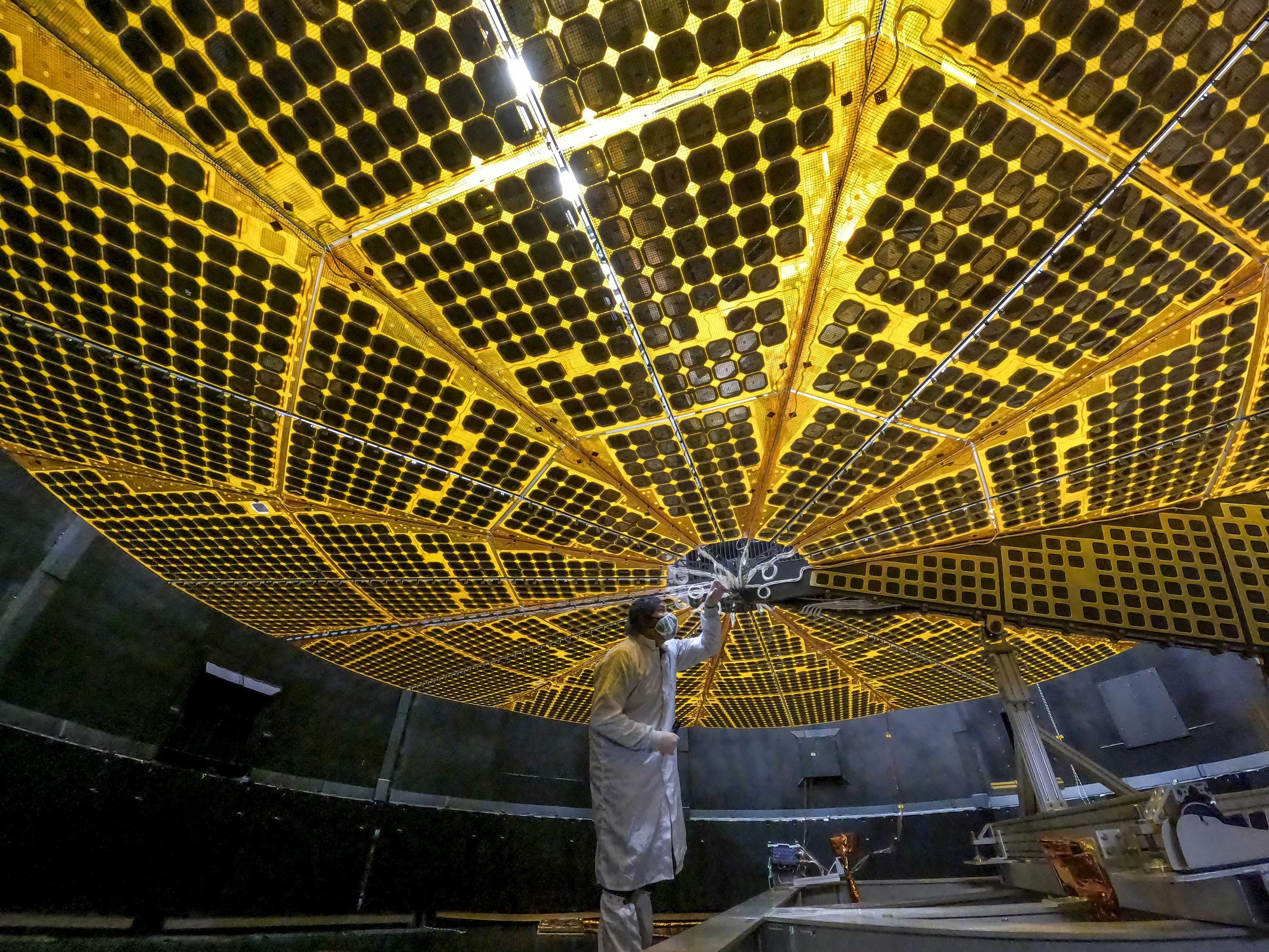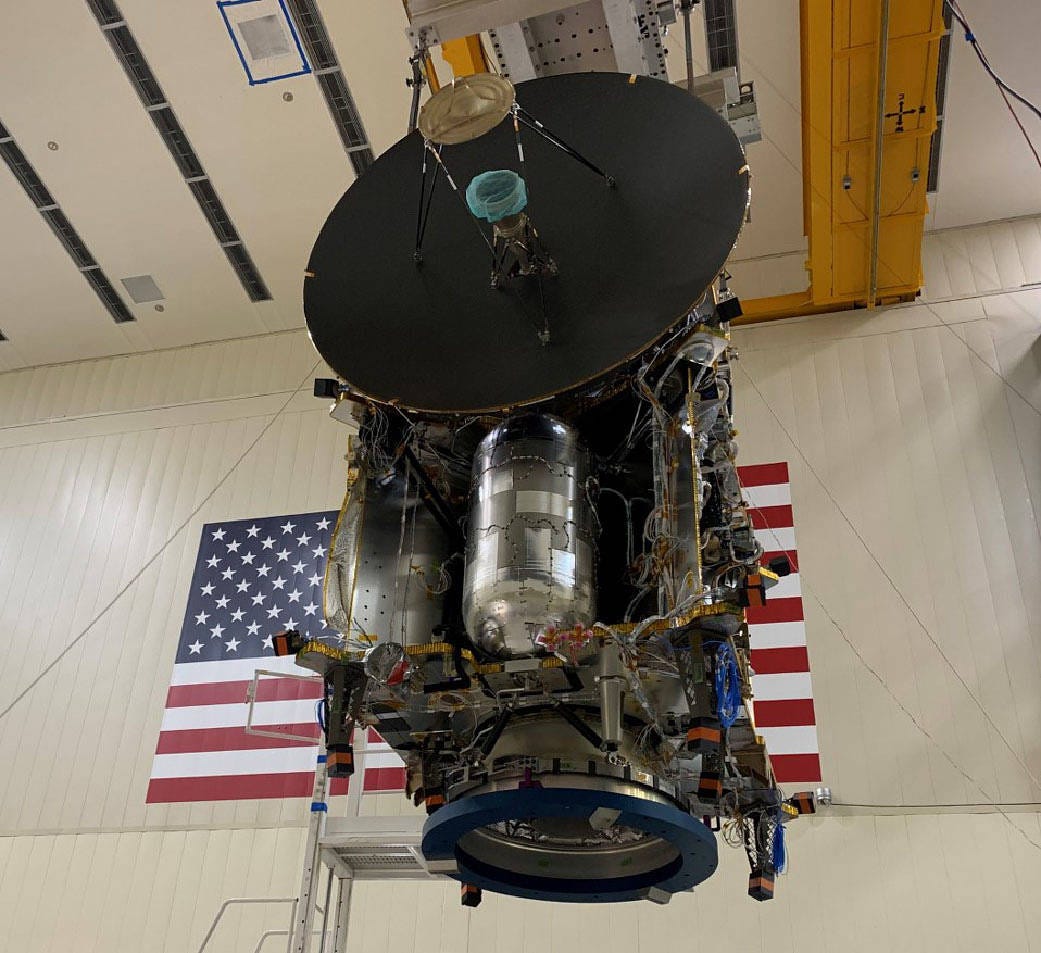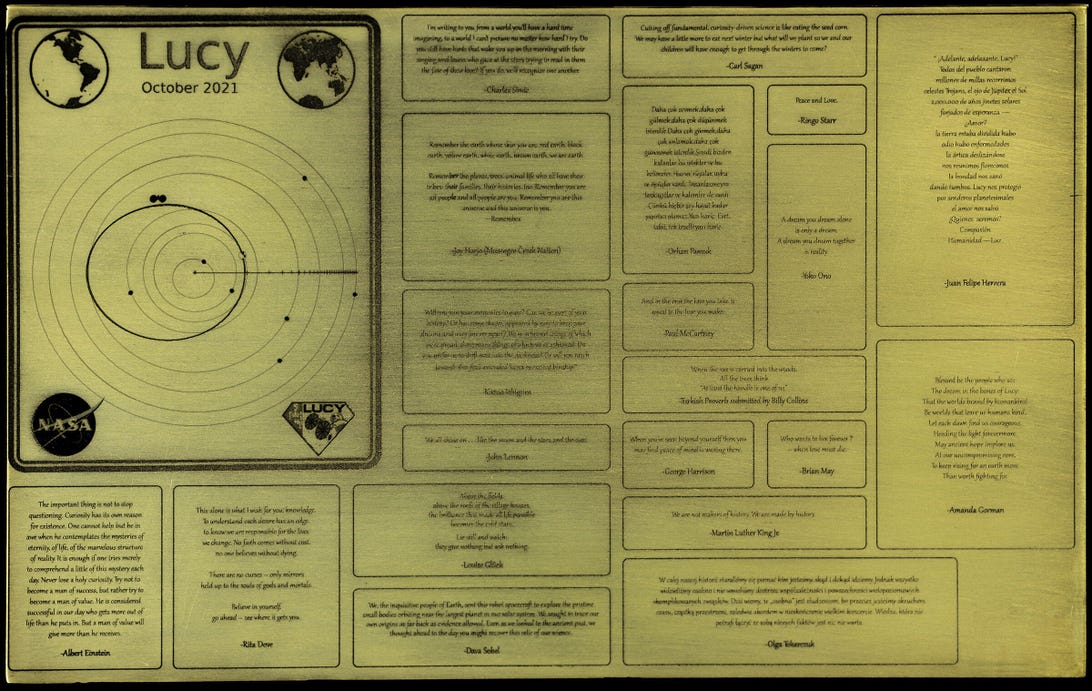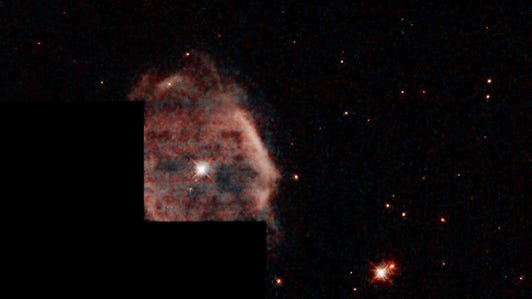Racial/ethnic disparities in childhood
cancer survival in the United States
ATLANTA – SEPTEMBER 30, 2021 – A new study finds racial/ethnic disparities in survival among newly diagnosed patients with childhood cancers in the United States and that area-level socioeconomic status (SES) and health insurance contribute to these disparities. The study, appearing in Cancer Epidemiology, Biomarkers & Prevention Survival, found that compared to non-Hispanic (NH) White childhood cancer patients, NH Black and Hispanic patients had worse survival for all cancers combined, leukemias and lymphomas, brain tumors, and solid tumors. The study was based on data from children (aged <18 years) newly diagnosed with cancer during 2004 to 2015 in a nationwide hospital-based cancer registry.
To learn more about these disparities, investigators led by Jingxuan Zhao, MPH, American Cancer Society, evaluated modifiable factors that contribute to racial/ethnic disparities in childhood cancer survival. They found that survival disparities were reduced after adjusting for health insurance and area-level SES separately, and further reduced after adjusting for both together.
Since the 1970s, 5-year survival of childhood cancer has improved dramatically to 80%, largely driven by the widespread participation in clinical trials (nearly 60%), improved supportive care, and development of new therapies. However, improvements in survival have not been experienced equally in all race/ethnicity groups. For example, clinical trial participation rates have been low for minority children with cancer, which could be possibly explained by barriers resulting from lower SES and being uninsured.
Historically, non-white childhood cancer patients were overrepresented in the lower SES stratum, which is associated with problems with health care access and affordability potentially due to a complex interplay of their parents’ financial status, employment, and health literacy. In this study, NH Black and Hispanic childhood cancer patients were more likely to be uninsured or be covered by Medicaid than NH White patients. Being uninsured has been linked to delays in receiving timely care and completing care, and as a result, may lead to worse survival.
“This study suggests that improving health insurance coverage and access to care for children, especially those with low SES, may reduce racial/ethnic survival disparities,” write the authors. “This continued inequity in health outcomes among children warrants concerted, multifaceted approaches to address and minimize these disparities in the future.”
Article: Zhao J, Han X, Zheng Z, Nogueira L, Lu AD, Nathan PC, Yabroff KR. Racial/ethnic disparities in childhood cancer survival in the United States. Cancer Epidemiology, Biomarkers & Prevention Survival. doi: 10.1158/1055-9965.EPI-21-0117.
URL upon embargo: https://cebp.aacrjournals.org/content/early/2021/09/16/1055-9965.EPI-21-0117.
METHOD OF RESEARCH
Observational study
SUBJECT OF RESEARCH
People
ARTICLE TITLE
Racial/ethnic disparities in childhood cancer survival in the United States
ARTICLE PUBLICATION DATE
30-Sep-2021





